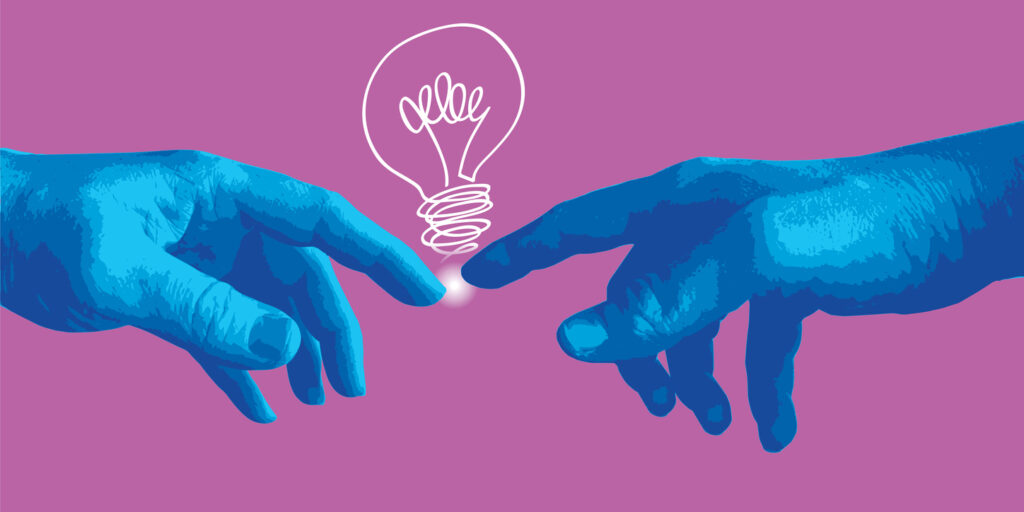What do beef wellington, lemon tart and snail porridge have in common? Aside from being an unusual meal combination, they’re the signature dishes of some of the UK’s most famous chefs. Signature dishes identify an individual chef or restaurant.
They’re not just well executed – they’re also unique in some way. Sure, you can get a decent beef wellington or lemon tart elsewhere, but with a signature dish, you’ll likely remember it long after you’ve left the restaurant, tell your friends and family about the experience, and go back for more.
This isn’t just about fine-tuning or optimising processes. It’s doing things differently in ways that bake in the values of the organisation
Honing your efforts
There are parallels for modern organisations, performing essential processes on a daily basis: HR, business development and sales, product or service development, operations, IT and others. These activities are not negotiable, and they need to be effective.
But rather than try and be exceptional at them all, what would happen if an organisation decided to hone their improvement efforts in one or two areas? And what if the values of the organisation were deliberately and explicitly woven through that way of working?
Signature ways of working
Inspired by a conversation with Tammy Erickson ten years ago about ‘signature experiences’, we’ve worked with organisations to identify and develop their signature ways of working.
In doing so, they’ve helped set themselves apart from the rest of their sector and created distinctive, high-quality experiences for customers and employees. They’re not just ‘keeping up with the Joneses’ – they’re leading their field. Most importantly, it has driven deep-rooted culture change, at pace.
This isn’t just about fine-tuning or optimising processes. It’s doing things differently in ways that bake in the values of the organisation. It includes attitudes, tone and behaviours, as well as practical processes and activities. Plus, it helps workplaces get concrete and serious about how their purpose and values get brought to life in practice. It asks the question: ‘How would something get done around here in a way that would be different elsewhere?’
Signature ways of working in action
Whole Foods Market, for example, has built a strong, distinctive culture in their grocery stores specifically designed to create collaborative, empowered teams. This isn’t just a vanilla version of collaboration and empowerment that is aspired to in many organisations, it’s a wholly engineered, almost exaggerated version. Store teams hire new recruits together and vote on whether someone will fit their team long-term. They receive regular financial rewards according to team profitability and can use their own discretion regarding the use of local suppliers.
Long before the pandemic, the airline Jetblue, found that flexibility was a critical experience for call-centre colleagues and started to encourage people to work from home. Employees can work as little as 20 hours a week and use a community self-scheduling system to trade shifts at short notice should they need to. As a result, they experienced a 30% increase in productivity, a 38% increase in customer satisfaction and a 50% decrease in management workload. The Jetblue approach is a good example of culture being tailored to the purpose of the business function – clearly, a different experience was needed to attract and retain pilots.
To identify your signature way of working, consider the most pressing strategic imperative for working on your culture
As we look ahead to the next Culture Pioneer Awards, it’s great to see signature ways of working from previous winners, such as Panorama’s ‘Spark’ scheme which helped stimulate innovation in their culture, and Snyk’s approach to onboarding to build agility and collaboration.
Other examples of signature ways of working include:
- McDonalds’ onboarding of new franchisees
- Patagonia’s Worn Wear facility to support the circular economy
- Innocent Drinks’ involvement of their customers in their marketing
- John Lewis’ laser focus on customer service
- Starling Bank CEO, Anne Boden’s weekly #AskAnne sessions for staff
Identifying your signature ways of working
So, how do you go about embedding signature ways of working in your organisation?
Signature ways of working don’t have to be complicated. Plus, in a world where there are always more priorities than time available, we’ve found this to be a helpful way of prioritising where to focus when evolving culture. An organisation may select to develop just one or two signature ways of working, which helps cut through the feeling of overwhelm.
To identify your signature way of working, consider the most pressing strategic imperative for working on your culture. For example:
Talent attraction and retention
If you need to attract and retain more talented people, then a signature way of working that is really important to your employees will help most. For example, how career development conversations are handled, or how inclusion and belonging are supported.
Increased agility
If you need to become more nimble as an organisation, focus on a signature way of working that relates to improved change governance or decision-making.
Customer experience
If you need to improve your customer experience, focus on a distinctive and exceptional signature way of working that matters to your customers, such as new customer onboarding or how support calls are handled.
Strategic partnerships
If you need to improve how your organisation partners with others, prioritise a signature way of working such as proactive outreach and networking with partners.
Through signature ways of working, you can embed organisational values and drive culture change at pace
Designing your signature ways of working
Once you’ve identified the signature way of working that you want to develop, bring together a group of volunteers to co-design the new approach. Use creative visioning techniques to re-imagine how it could be. Most importantly, put the organisation’s values at the heart of the process, and at every step weave in the mindsets and behaviours, you want to promote within your culture. Challenge yourself to be bold and think without constraints.
These reflective questions can help your vision take shape:
- When this way of working is embedded, how will our customers’ experience be distinct from our competitors? What will they see, hear, feel?
- If we had no constraints, what would we do to make this way of working really stand out as a role model of our values?
Culture change doesn’t need to be overwhelming. Through signature ways of working, you can embed organisational values and drive culture change at pace.
Interested in this topic? Read Ten ways to supercharge your cultural change efforts.
[cm_form form_id=’cm_65a14c3f5da64′]






